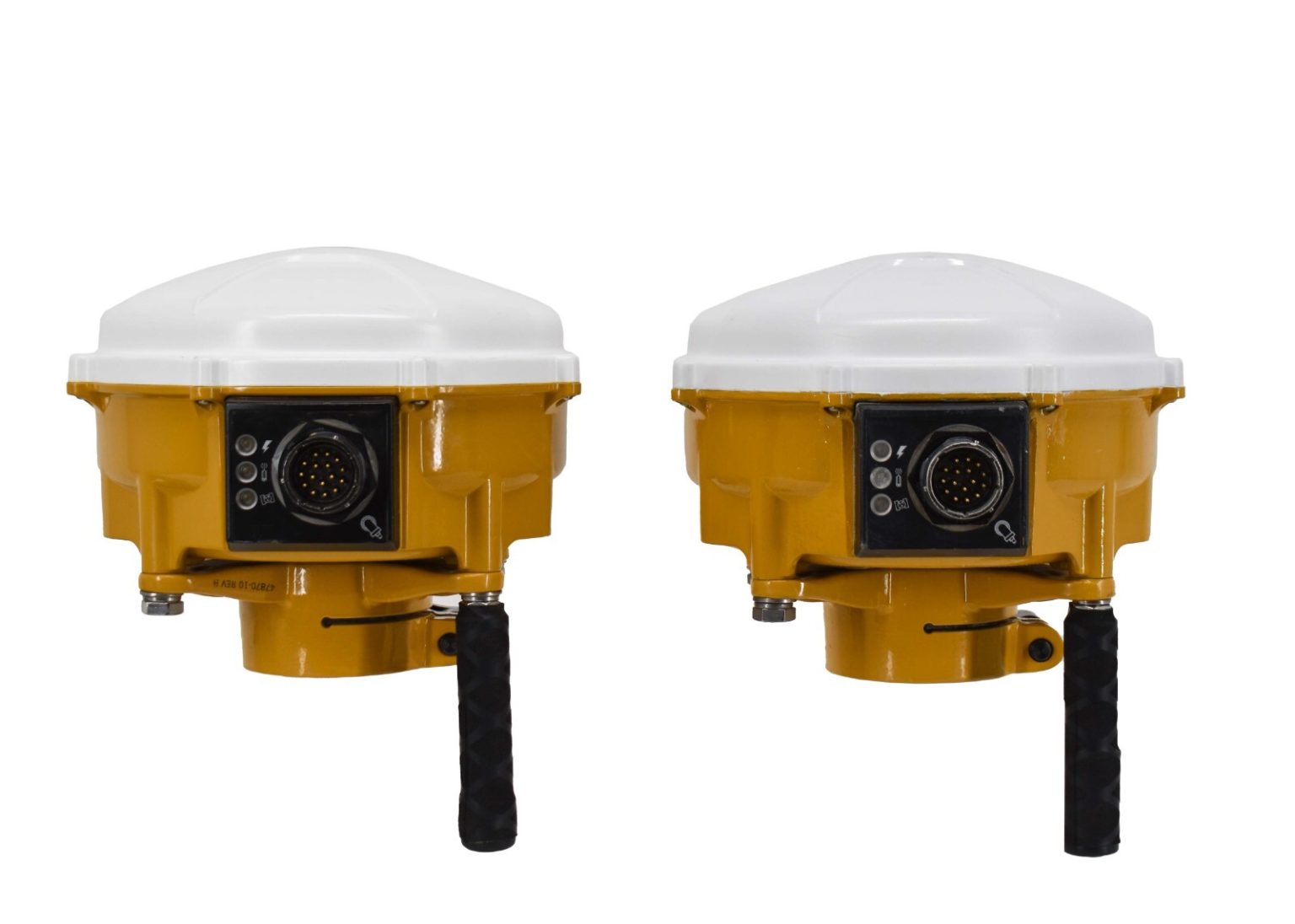GPS machine control technology has revolutionized construction sites by increasing accuracy, reducing labor costs, and streamlining project timelines. However, the benefits of this technology can only be fully realized when it is implemented correctly. In this article, we’ll explore the best practices for implementing gps machine control on job sites to ensure successful outcomes and maximize efficiency.
1. Conduct a Site Assessment Before Implementation
Before deploying GPS machine control systems, it’s essential to perform a detailed assessment of the job site. This includes checking for signal interference, terrain challenges, and verifying that satellite visibility is optimal for GPS equipment. Understanding the site conditions in advance will help tailor the GPS system configuration and avoid costly delays.
2. Invest in Staff Training
One of the most overlooked best practices for implementing GPS machine control on job sites is ensuring that operators and field staff are properly trained. GPS systems require a foundational understanding of the software and hardware components. Investing in training will reduce user error and help operators use the system to its full potential.
3. Use Accurate Site Data and Models
The quality of the input data is critical to the performance of GPS machine control. Make sure to use accurate 3D site models, validated survey data, and regularly update these models as the project evolves. This ensures the equipment is working from the most current and accurate information, reducing the risk of rework.
4. Maintain and Calibrate Equipment Regularly
GPS machine control systems rely on precise calibration and maintenance. Regularly checking and calibrating equipment is one of the core best practices for implementing GPS machine control on job sites. This includes verifying control points, inspecting hardware, and updating firmware to ensure everything functions correctly.
5. Establish Clear Communication Protocols
Effective communication between the design team, surveyors, equipment operators, and project managers is crucial. Setting up clear protocols for sharing updates, reporting issues, and coordinating tasks will help keep the GPS system aligned with project goals and prevent errors caused by miscommunication.
6. Monitor and Evaluate System Performance
Once GPS machine control is in use, it’s important to continuously monitor its performance. Use data logs, productivity reports, and field feedback to evaluate how well the system is functioning. This ongoing evaluation is part of the best practices for implementing GPS machine control on job sites, as it allows teams to make timely adjustments and optimize performance.
Conclusion
Adopting GPS machine control offers significant benefits in terms of accuracy, efficiency, and cost savings on construction sites. However, its success depends heavily on proper planning, training, and ongoing management. By following these best practices for implementing GPS machine control on job sites, contractors can ensure smoother operations, fewer errors, and more successful project outcomes.

